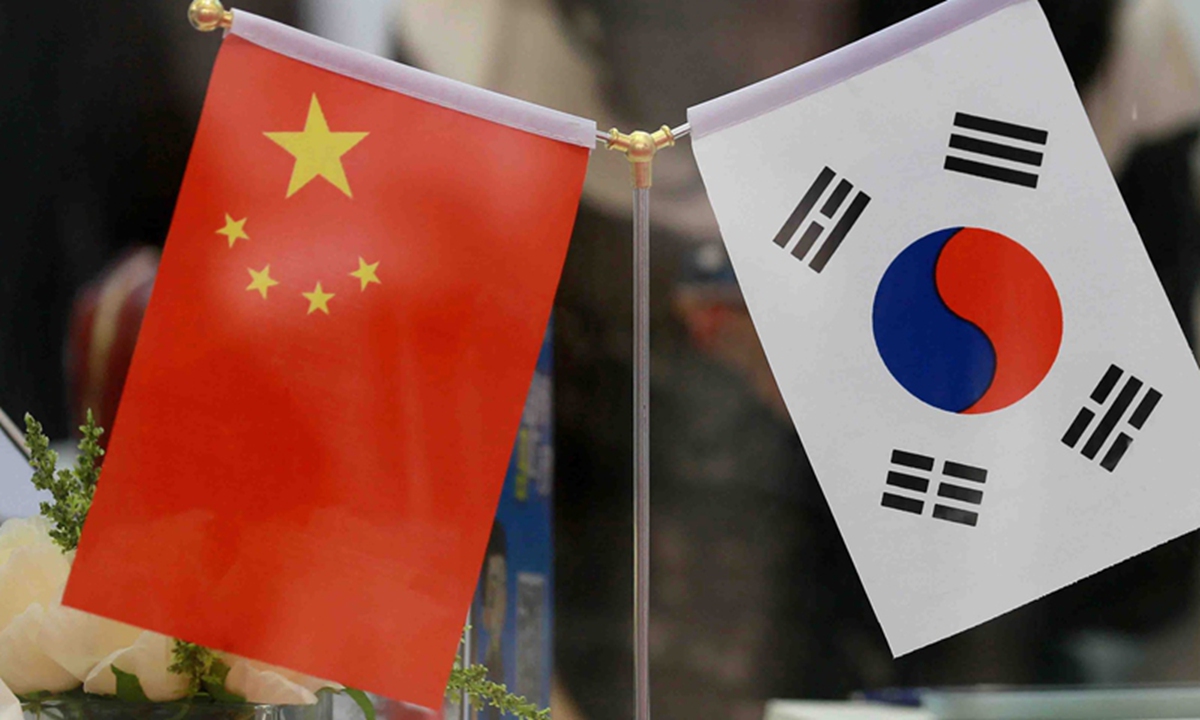
File photo
Since China-South Korea Free Trade Agreement went into effect in December 2015, zero-tariff trade has accounted for 55 percent of the total trade between the two East Asia countries, data from China's General Administration of Customs (GAC) showed on Thursday.
According to the free trade pact, the tariffs of 90 percent of goods, 85 percent of trade value will eventually reduce to zero within a transition period of 20 years. The bilateral FTA has created great favorable conditions to promote trade and investment growth, and to promote prosperity of the two peoples.
China and South Korea are significant trade partners for each other. China is the most important export market and import source of South Korea. South Korea is the 5th largest trade partner of China. Last year, the bilateral trade volume grew despite the COVID-19 pandemic onslaught, which reflects the complementary nature and growth potential of the two major economies.
The second-phase China-South Korea FTA talks are progressing. China and South Korea's ongoing willingness to keep deepening their free trade deal will promote the China-Japan-South Korea FTA talks. With the signature of the Regional Comprehensive Economic Partnership (RCEP), the sub-regional trade arrangement will promote the regional economy and trade integration.
China and South Korea's joint effort to promote multilateral cooperation is a promising sign for regional cooperation. The progress relating to the China-South Korea FTA confirms that both sides are willing to uphold multilateral mechanism and to build open global economy. High quality integration between China and South Korea represents the two countries' joint efforts in promoting sub-regional cooperation under the RCEP framework.
To upgrade the China-South Korea FTA is necessary. As the largest trade bloc in the world, the RCEP involves 15 economies and it's hard to accomplish deeper opening-up and free trade for all participants at one stroke. To balance all participants' interests, the overall deal of RCEP can't cover the particular trade issues among China, South Korea and Japan.
As the RCEP will go into effect soon, the China-South Korea FTA can be upgraded to expand breadth and depth of opening up, so can the bilateral trade arrangement be supplementary to RCEP, but this will bring challenges to the second phase of China-South Korea FTA talks.
The upgrade of the China-South Korea FTA and the advancement of China-Japan-Korea FTA negotiations will not only strengthen trade exchanges among the three countries, but also play an important role in promoting economic and trade cooperation in Northeast Asia and the entire Asia-Pacific region.
Sub-regional trade arrangements complement each other, not only for the development of all parties, but also for promoting a higher level of trade and investment liberalization in the future. Therefore, although these different sub-regional trade arrangements are intertwined, they have bright and broad future development prospects.
The author is a professor and head of the Economics and Trade Department with the College of Economics and Management at China Agricultural University. bizopinion@globaltimes.com.cn




